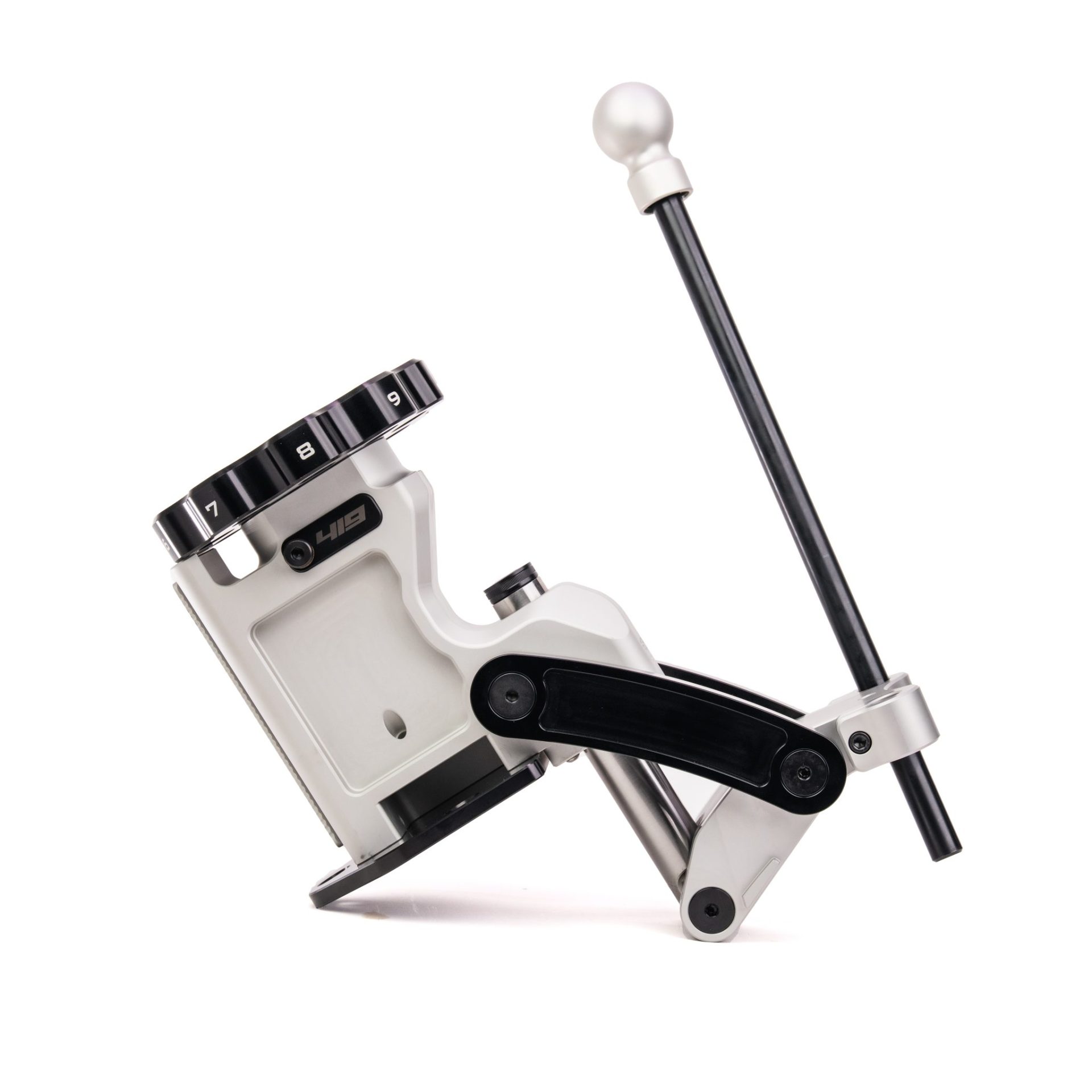Correct. I believe in the video they said it will drop about .001" at the upper end of the stroke.
The benefit of this is when your shell holder isn't making contact with the bottom of the die. It's really difficult to make the ram stop in the perfect position every single time. The stops at the bottom of the stroke always have a little give to them, or you can get some dust on it. If you have contact between the die and the shell plate, the die actually sets the base position which is reached before the end of the stroke, negating the need for cam over. This is why they strongly recommended shell holder contact on the gen 1. Most presses have a "cam over" so the maximum height of the ram is achieved before the bottom of the stroke, meaning that stop point is far less critical and the max height is more consistent. This is a lot more important if you float your dies.

 www.area419.com
www.area419.com



